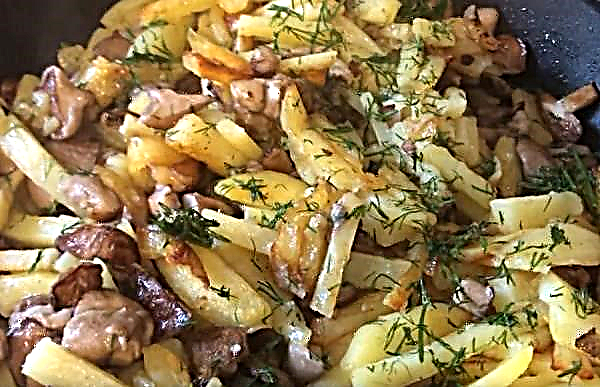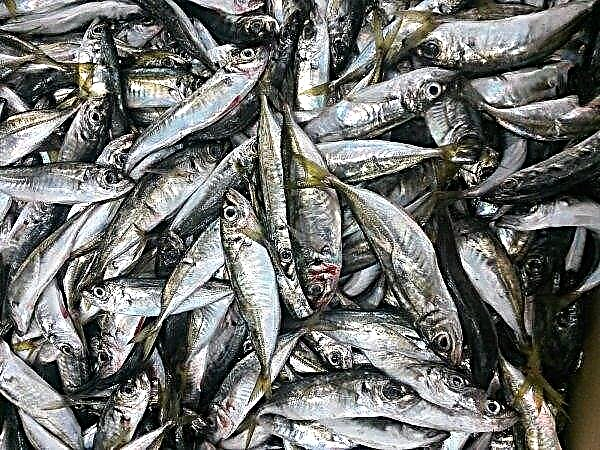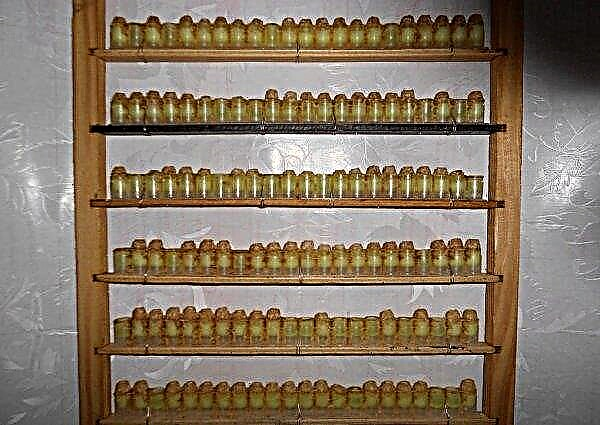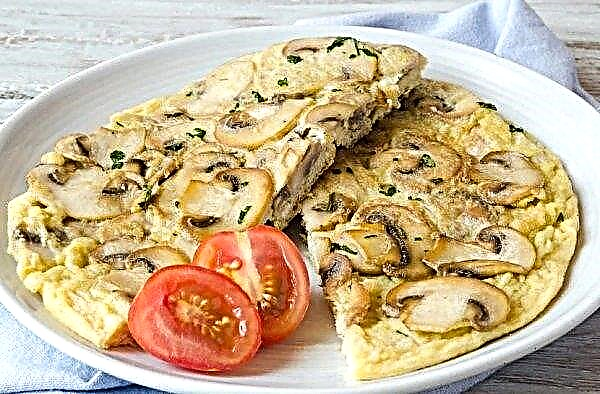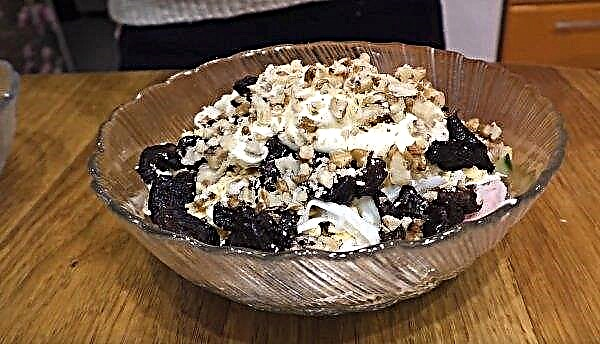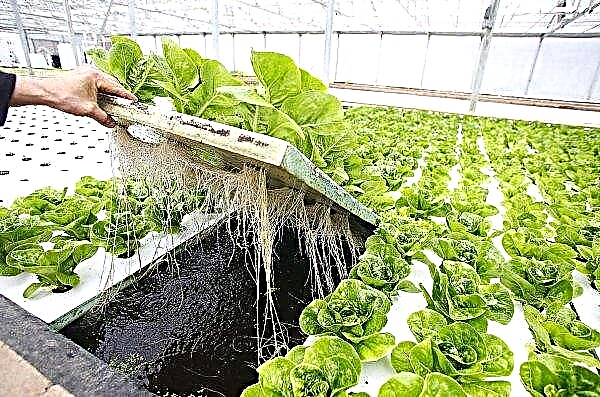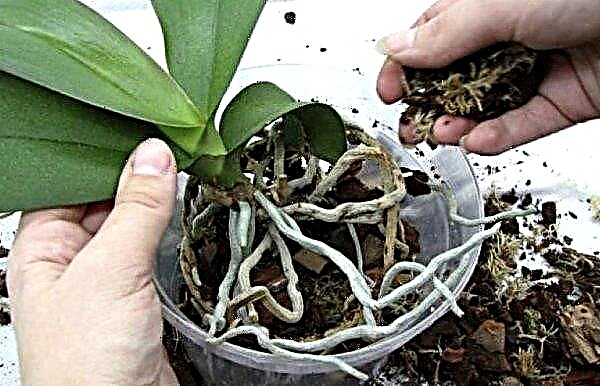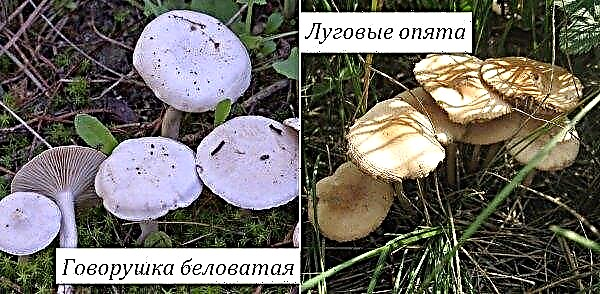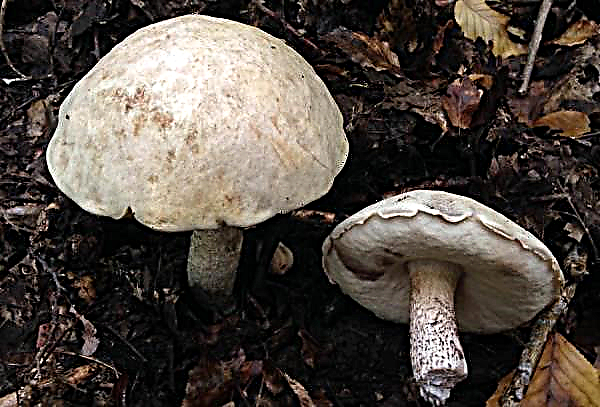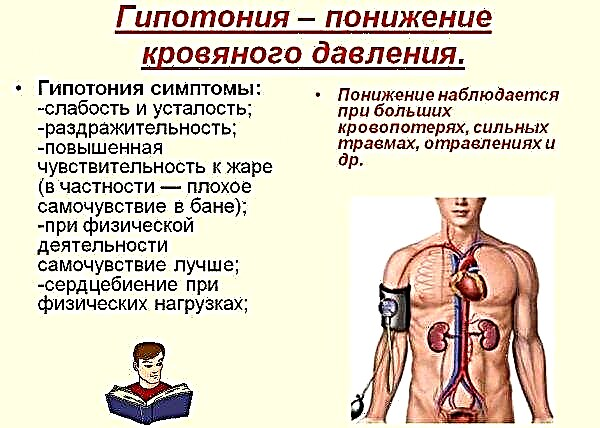Currant is a popular garden shrub: many seek to grow it on their site. If you are going to plant this plant for the first time, then, choosing a variety, you need to pay attention to the peculiarities of its cultivation, immunity and the nature of fruiting. Quite popular today is a variety of white currant Versailles. It easily acclimates to a new place and gives very tasty fruits.
Description of white currant variety Versailles
In the description of the variety, it is noted that the bushes are medium (120–125 cm), sprawling, stump, formed by relatively strong shoots. They are flexible and durable, covered with large foliage of saturated green color with a faint lilac tint. The outer side of the leaf plate is covered with fluff. In shape, it is heart-shaped. The flowers of the plant are saucer-shaped and medium in size. They are collected in long brushes. Petioles are also elongated.
The flowers of the plant are saucer-shaped and medium in size. They are collected in long brushes. Petioles are also elongated.
Currant Versailles has a powerful root system. Part of it spreads horizontally, occupying a 40-cm layer of soil and going beyond the projection of the crown. Single vertical roots go 100 cm deep, while most of them extend to a shallow depth.
Did you know? There is an American variety of blackcurrant, in which the flesh resembles a black semolina. It tastes very sweet.
Selection history
The name of the Versailles variety indicates that the culture is from France, but the history of its creation is not known. This plant was first described by the French around 1850. In some sources, this currant is called the Imperial. A little more than a century later, the variety entered the State Register of Russia and received zoning in the Northwest, Central, Volga-Vyatka, Central Chernozem, Mid-Volga, Ural regions.
Appearance, characteristics of berries, ripening time, yield
The berries of the Versailles currant are tied up large (size - 8–10 mm, weight - 0.7–1.3 g), rounded, light yellow in color. Their color is so light that it seems that the fruits are white. The dense flesh is hidden behind a thin, but rather strong transparent skin. It tastes sweet and sour and juicy.
The chemical composition of the fruit:- sugar - 8%;
- solids - 18%;
- titratable acids - 2.3%;
- ascorbic acid - 38 mg / 100 g.
They also have proteins, fats and carbohydrates, mono- and disaccharides, pectin, organic acids, vitamins and macronutrients.
Early variety: active fruit ripening begins in late July. One bush brings about 4000 g of berries.
Advantages and disadvantages of the variety
- Distinctive positive qualities of the variety are:
- high productivity;
- frost resistance;
- drought tolerance;
- powdery mildew immunity;
- self-fertility;
- the versatility of the fruit;
- berries do not crumble after ripening.
- Negative qualities:
- susceptibility to anthracnosis;
- sprawl.
Agricultural technology
White currant is unpretentious in leaving, therefore there are no special difficulties and nuances in its agricultural technology.
Seat selection and landing
Currant Versailles loves the sun very much. Even in light partial shade, the quality of its crop deteriorates sharply (bears fruit worse, fruits are acidic). In this place, the soil should not be moist, since under such conditions the bush does not take root. Groundwater should not come closer than 1.5 m to the surface. The soil is suitable light, loamy or sandy loam with neutral acidity.
Planting is advisable to plan in early autumn, so that the young bushes have time to take root before the frost. In the spring, you can also carry out in the spring, but there is a risk of not having time to complete all the manipulations before the awakening of the kidneys, since the land may not yet be ready for planting.
The soil is prepared in advance: it is plowed, all plant litter is removed and humus is applied at the rate of 10 kg / m². To neutralize acidity, 350–400 g of ash is used. The pits break out 50 × 50 × 40 cm in size. 8–9 kg of compost, 200 g of superphosphate, 40 g of potassium sulfate are introduced into them. Wells break out with an interval of 100 cm between them, and between rows - 150 cm.
Direct landing process:
- In the planted seedling, it is necessary to remove all damaged roots.
- Shoots should be shortened, leaving 5 buds.
- In the pit, the bush is located at an angle of 45 ° C and is neatly sprinkled with earth. If you want to grow a standard form, then the seedling is set strictly vertically.
- The roots should be straightened, and the root neck should be located at a depth of 10 cm.
- The soil is compacted and watered abundantly with 10–20 liters of water.
- When the moisture is absorbed, a five-centimeter layer of mulch is laid.

Care
Due to the abundant fruiting, the Versailles currant is in great need of constant feeding. You need to make them every day. With the advent of spring, ammonium nitrate, superphosphate and potassium sulfate are used. With the advent of fruits, other mineral complexes are introduced.
If a weak development of the plant is noted, then it must be fed with liquid fertilizers. They are first introduced during flowering, the next time after harvest. Every three years, you need to feed crops with organics - for example, manure at the rate of 1 bucket / bush. You can add ash - it will improve the taste of the fruit and protect the plant from pests.Important! It is advisable to avoid chlorine fertilizers: they are permissible only in winter.

The bush is watered three times a week in the morning or evening. One bush needs about 10 liters of water. After each irrigation procedure, you need to loosen the soil. Weeds should be destroyed as soon as they begin to appear, since the variety is very sensitive to them.
Pest and Disease Control
The most common problem that occurs when growing Versailles currants is anthracnose damage. Because of it, the leaves become covered with brown spots, which gradually increase in size. You can eliminate the disease using Bordeaux fluid or colloidal sulfur. For preventive purposes, it is necessary to loosen the soil in a timely manner, remove weeds and remove all plant litter.
You can eliminate the disease using Bordeaux fluid or colloidal sulfur. For preventive purposes, it is necessary to loosen the soil in a timely manner, remove weeds and remove all plant litter.
Often gardeners are faced with glass rust on white currants. It covers the plant with yellow spots, which are spores of the fungus. You can cure the culture with “Tsiram”, “Kaptan”, Bordeaux liquid.
Important! If the entire bush is damaged, it is easier to uproot and destroy it.
Among the pests, the Versailles currant is attacked by:
- currant sawfly;
- shoot aphid;
- gooseberry fire.

Their prevention is timely loosening of the soil and cleaning of vegetable litter. If the pest has appeared, then the parts of the plant affected by it must be burned. Then the treatment is carried out with "Fufanon", "Spark", garlic, onion infusion.
Pruning
Every year, sanitary pruning is carried out. Sick, damaged, non-viable branches are removed. Such pruning is carried out for five years: by this age the bush will have 16-18 skeletal branches. Next, a shaping is added to the sanitary pruning.
The formation of a bush
They form a bush of white currant five years after planting. All this time, the plant was growing green mass. 3–5-year-old branches are harvested, the rest need to be cut. You can distinguish non-fruiting branches by the bark: it will be blackened and in places with lichen.
On the young shoots, only the strongest branches are left. They are trimmed completely, without hemp.
You can engage in shaping pruning in spring and autumn. Also, the described variety can be formed in the form of a stem - a mini-tree, from the main trunk of which fruit-bearing shoots depart.
Preparing for the winter
After the leaves fall, the bush is trimmed. Sanitary removal of branches is carried out, also annual growths are shortened by a third of their length.
In snowless winters, mulch is introduced under the bush with a layer of 10-12 cm (humus or compost). Before protecting the soil, it must be dug up, fertilized and watered. The ground part of the plant binds in several places with twine and is covered with a film or agrofibre.Did you know? Depending on the color of the currant, its composition varies. For this reason, each kind of culture is suitable for a certain age: black — children red — adults, white — To old people.

Harvesting and transportation of the crop, shelf life of berries
In the currant of Versailles late dates of the beginning of fruiting. The first fruits, judging by the reviews, appear only three years after planting. Full fruiting can be expected no earlier than the sixth year.
The berries ripen not together, but the crop can be harvested in one step, as ripe fruits can hang for some time on the bush. Typically, harvesting is carried out in late July - early August.
You can determine the ripeness of the berries by their appearance. Veins, seeds become visible through the skin, and the flesh acquires a sweet and sour taste. Harvested fruits are not kept fresh for long - several days, so they must either be eaten right away or processed (jam, compotes, jams, baking toppings, freezing).
Currant Versailles deserves to be allocated as much space as possible under the plot: despite the late fruiting period, its yield is plentiful. Berries are characterized by good taste and versatility in use.
